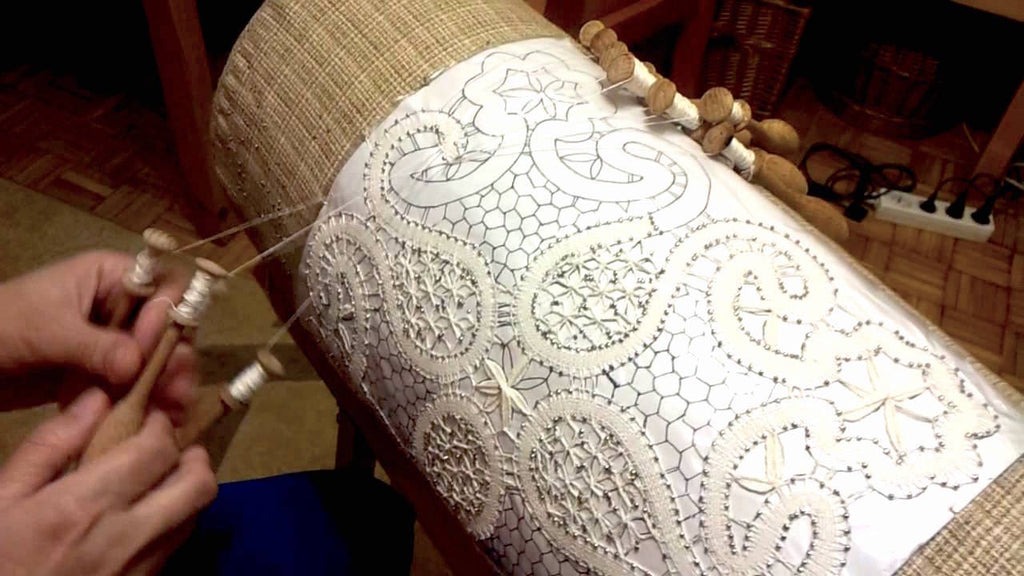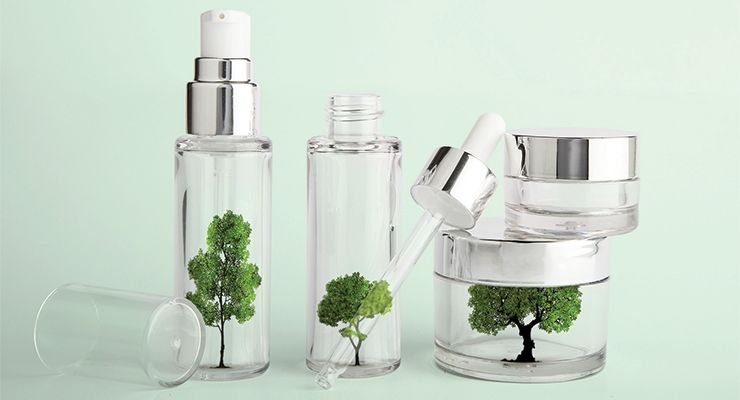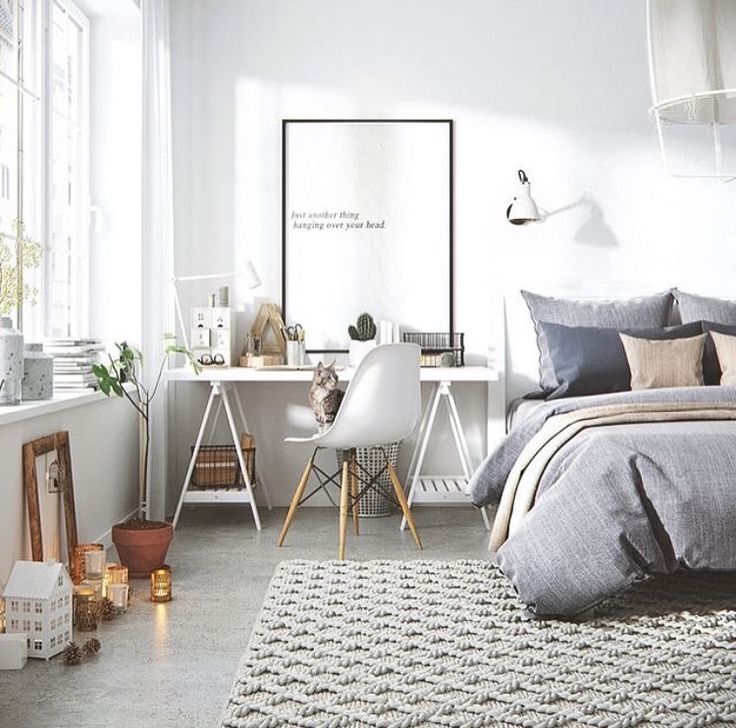
Lace tells the enduring tale of opulence, style and elegance. Its long history spans the rise and fall of aristocrats, empires and regimes the world over. History books and chroniclers of design trace the roots of lace back to 16th century Europe. It was a golden age. An inspired time when people took pride in creating beautiful products that showcase design and workmanship. It was a chapter in history when the thirst for an exchange in ideas was insatiable.

This Applicated Elegant Jumpsuit is just on point.
In Venice, Italy, the center for trade—and alternately, wealth and affluence—Catherine de Medici was supporting the renaissance of textile art. She championed the work of designer Federico Vinciola in crafts like needlepoint, embroidery and lace making. Through Catherine’s patronage, Vinciola had managed to hold monopoly over the manufacture of lace neck cuffs. He also authored the essential book on lace, Les singuliers et Nouveaux pourtraicts. Influence of Catherine and Federico at French Court allowed them to advocate the use of lace as a form of embellishment for the royal’s fashions. And while historic accounts like to shed light on Catherine’s alleged affinity for the dark arts, the evolution story of lace holds her in high regard.
"These delicate webs that required endless hours were used to adorn garments, accessories and even home décor."
Meanwhile in other parts of Europe, two techniques for creating lace were developed. Needlework and bobbin were methods employed in the lace making industry to create the most exquisite patterns. These delicate webs that required endless hours were used to adorn garments, accessories and even home décor. Needlework was done using a single thread of linen, silk and even gold. Bobbin lace, on the other hand, was manufactured by weaving patterns on a network of pins strategically placed on a pillow. Intermarriages, migration and constant interaction between cities enhanced the lace making industry. This resulted in the emergence of specific types of lace depending on country or city of origin. Italy, England, Spain, Flanders and France were countries celebrated for outstanding lace patterns during the Renaissance. Among the most desired types of lace to emerge from this period include French Chantilly, Belgian Point de Gaze and Reticella.
“Lace, just like gold and other precious stones, had become a form of adornment that would display the wealth and elevated taste of its wearer.”
The long hours and meticulous crafting methods employed in the creation of lace made it a product appealing to aristocrats and other individuals living in the lap of luxury. Lace, just like gold and other precious stones, had become a form of adornment that would display the wealth and elevated taste of its wearer. From collar trims to edges of gloves and later gowns, jackets and sashes, the addition of lace onto garments became symbolic of stature and style. Marie Antoinette, arguably one of the most controversial personalities of her time, loved wigs, champagne, cake and lest we forget, yards upon yards of the finest lace.
 Feel magical when you wear this Laced Mermaid Maxi Dress.
Feel magical when you wear this Laced Mermaid Maxi Dress.
The dawn of the Industrial and French revolutions saw a shift in power and wealth across regimes. From a fashion perspective, it also ushered in a more somber and understated sensibility reflective of the socio political temperature throughout the continent. Specialized luxury industries like lace making were faced with the challenge of contending with machine-made alternatives to their handcrafted products. By the 1800s, British inventor John Heathrobe had created a machine for the creation of lace. Although ateliers for handmade lace had significantly decreased in number larger supply in lace made it more accessible.
This is not to say that the beloved textile had lost its luster as a luxury commodity. Iconic women throughout history have shown a preference for lace, especially where milestones are concerned. Grace Kelly’s wedding gown was sheathed in Belgian lace. In the 50s, Pierre Cardin dressed his muse Audrey Hepburn in a high neck and satin creation when she wed Mel Ferrer. More recent pop culture events highlight Kate Middleton as she walked the down the aisle in a Sarah Burton designed lace gown. This brings us to her late mother-in-law, Princess Diana, whose confection of a dress in the 80s had young women clamoring for anything drenched in exquisite layers of lace.
“Today, lace is not only used on elaborate garments, they are also integrated onto the modern woman’s wardrobe… It can also balance out the strong silhouette of a bondage dress.”

Just stunning and sexy, opt for this mini black dress and pair with strappy heels.
Proliferation of the traditional fabric onto street style mirrors a distinct brand of versatility and timeless. Sartorial looks worn by the fashion forward (think Hadid sisters and the Kloss girls) take part of the evolution story of lace. Today, lace is not only used on elaborate garments, they are also integrated onto the modern woman’s wardrobe. Lace adds femininity onto a suit or tailored trousers. It can also balance out the strong silhouette of a bondage dress.
Selections from NOBASIC celebrate the spirit of versatility, timeless and elegance embodied by lace through time. Channel youth and verve with a Powder Pink Long Sleeve Romper or look extra sultry with this A Line Mini Black Dress drenched in the exquisite lace. An impeccably Tailored Elegant Jumpsuit with a lace bodice overlay express ultimate sophistication. Dresses in maxi length like this Mermaid Blue Dress, when covered in lace make for the fashion essential that transcends trend. Here are pieces from NOBASIC, inspired by the enduring beauty of lace, that you will want in your wardrobe regardless of season.










